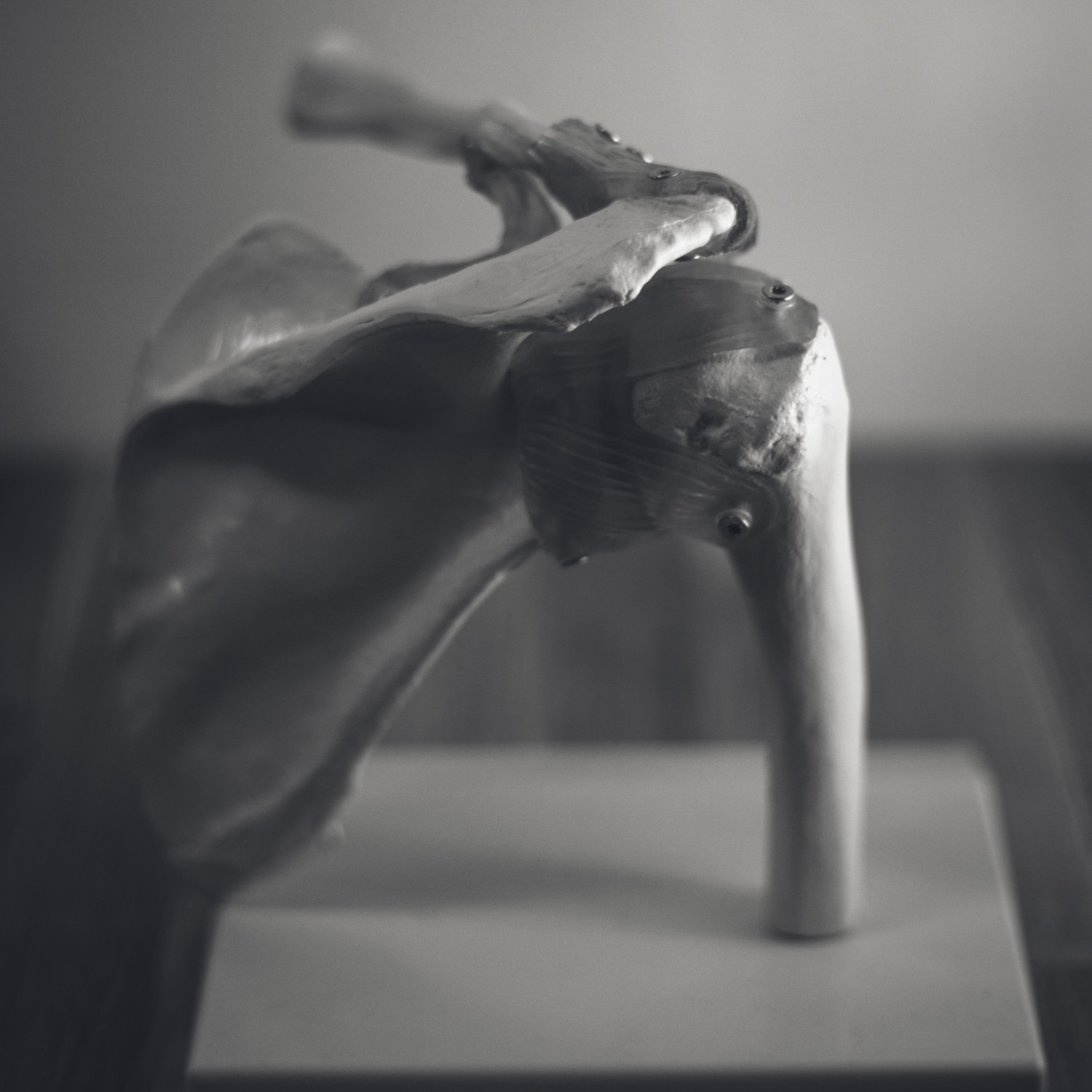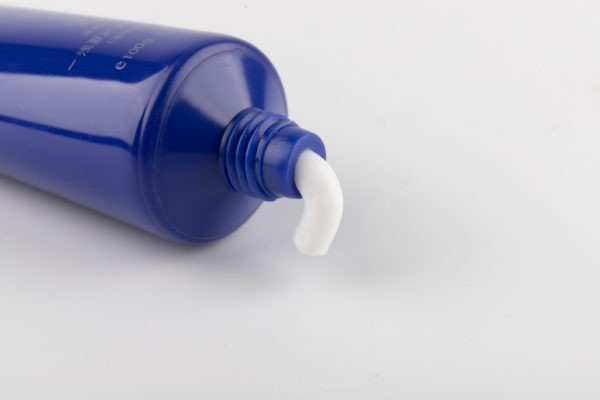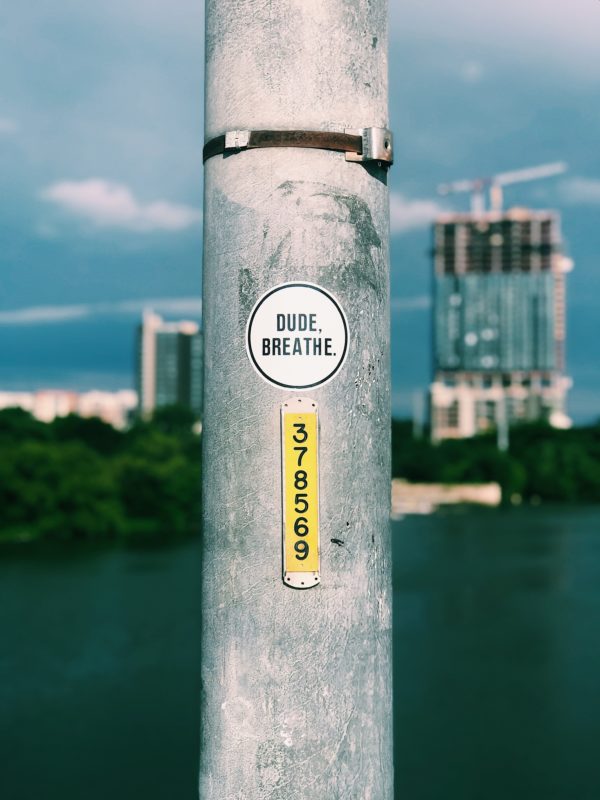I’ve been diagnosed with a condition called shoulder impingement nearly 1.5 years ago. The condition presents itself with pain if you move your arm upwards basically. So far, so bad. To cut a long story short – this is how I have been treated:
- 10 sessions of physiotherapy in 2020
- 1 injection (makes the pain go away like magic for about 6 weeks but does not solve the underlying cause of the problem – neither does surgery in most cases)
- Ultrasound scan in Dec. 2020 – no major injuries – pain persists like on the first day of treatment
- April 2021: another ultrasound and MRI scan – same diagnosis
- April – August 2021 more physiotherapeutic sessions with another physiotherapist
Sounds familiar? Then read on.

The Magic Will Happen If …
It was only after all this treatment when the magic finally happened. After such a long period of physiotherapeutic treatment and training, my body started to show signs of recovery in the form of less pain and increased mobility. That is what my second physiotherapist told me:
The problem has not arisen in a blink of an eye so don’t expect it to go away like this. It will take a long period of time for the body to reconstruct itself, to renew tissue and to heal itself by itself.
I read about this in many stories of patients with similar shoulder problems. It takes time and consistent training. Day in – day out. You simply cannot outsource the treatment. The physiotherapist is priceless in setting new stimuli by manual treatment (although the body starts the repair process right away after the injury), showing you the correct movement patterns and training exercises. But you must implement it on your own. There is no other way.
A befriended spine surgeon always tells his patients who are recovering from a spine surgery that they will spend a considerable amount of time in a deep, dark valley during rehab. It’s no fun. It hurts. But eventually - if they are following the rehab plan - there will be light at the end of the tunnel.
Takeaway And Protocol
Consistency, patience, and a good routine were the major takeaways from this. „How should I do this?“ you ask. Follow these principles:
- Look for an excellent physiotherapist specialised in your needs and set up a treatment plan in writing with her/him
- Make healing the top priority in your daily life:
- Keep all appointments
- Schedule daily rehab training in your calender (non negiotiable)
- Keep a diary with all the exercises, dates, outcomes and feeling you have experienced before and after the sessions.
- Follow a healthy diet like the anti-inflammatory diet by Dr. Weil, drink enough water and prioritize sleep.
- Do not expect to go to the physiotherapy and improvements will happen without your own effort. Physiotherpeutic sessions are of major importance but are only responsible for a part of the healing process. The rest is unconditional training, a mindshift (from victim to I can do it) and changes in your lifestyle (e.g. posture, workplace ergonomics, nutrition, etc.)
- Attend every session with an open and positive mindset: ask questions, be curious about the mechanics and systems of your body and expand your knowledge by reading. Develop a feeling of fully owning the problem and a belief that healing is possible.
- Follow the instructions closely: correct movement patterns, consistent training and lifestyle changes (a health coach can support you in this endeavour) are key to healing.
- Listen to your body and develop a sense of how it reacts to certain movements and training regimen.
- Put motivational post-its where you can see them often (eg workplace, bath mirror, etc.).
- Follow the plan, adapt if necessary and please don’t give up! Be aware that if after a certain period (in my case 3 to 4 months) you do not see any improvements you can slightly change some elements (talk to your physiohtherapist and doctor) and see how this works. But do not change everything unless it gets worse.
I wish you the best of luck. And a huge “Thank you” to both of my physiotherapists – you do amazing work.
Blogpost picture by Otto Norin on Unsplash.




